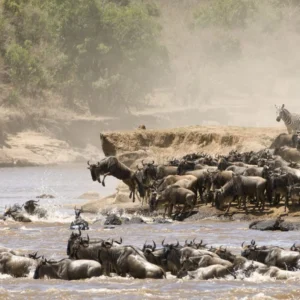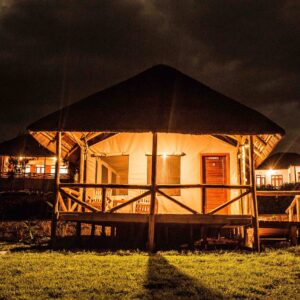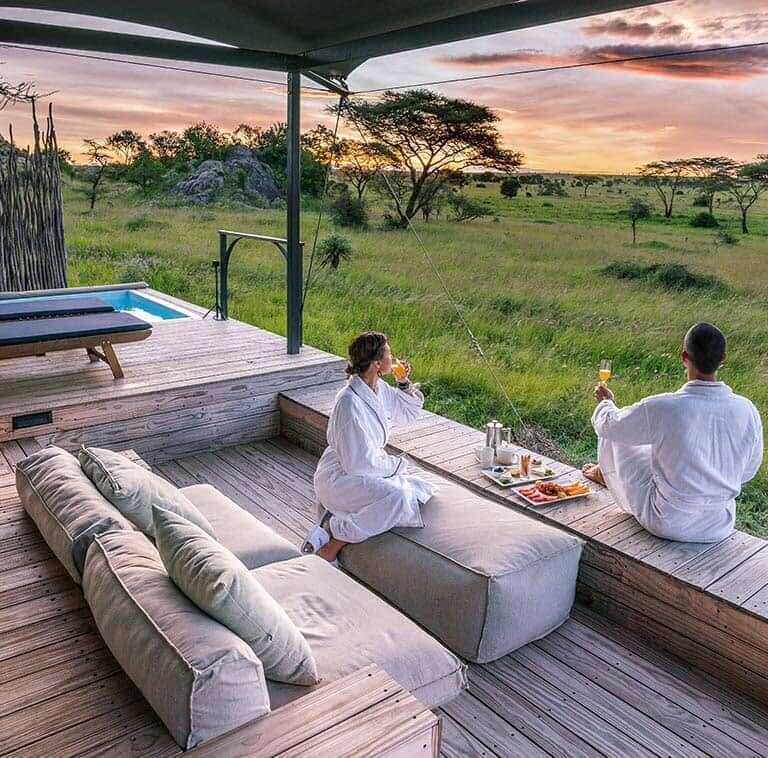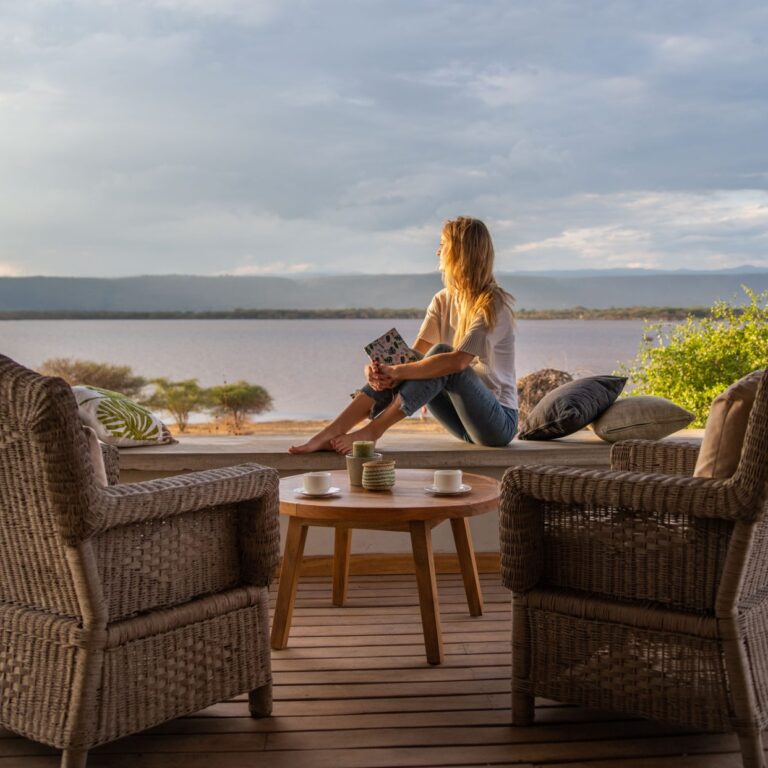An African safari is a journey into the heart of wild beauty, a tapestry woven with breathtaking landscapes, iconic wildlife, and moments of raw, untamed drama. Every turn of the wheel, every rustle in the bush, every distant call, presents a potential photographic masterpiece. While the sheer experience of being there is unforgettable, coming home with stunning images allows you to relive those moments, share your adventures, and inspire others with the magic you witnessed.
You don’t need to be a seasoned professional with thousands of dollars’ worth of gear to capture incredible safari photographs. With a thoughtful approach, a basic understanding of your camera, and a keen eye for composition, you can significantly elevate your shots from mere snapshots to captivating visual stories. This comprehensive guide offers 20 simple, actionable tips to help you maximize your photographic potential and transform your safari memories into lasting works of art.
1. Know Your Gear Inside Out
Before you even set foot on the African plains, familiarity with your camera is paramount simple tips to improve your safari photographs. The last thing you want is to miss a fleeting moment because you’re fumbling with settings. Familiarize yourself with your camera and lenses before your trip. Understand how settings like ISO, aperture, and shutter speed affect your images.
Practice at Home: Learn how to quickly change ISO, aperture, shutter speed, autofocus modes, and exposure compensation without looking.
Read Your Manual: Understand your camera’s capabilities and limitations.
Customize Buttons: Assign frequently used functions to custom buttons for rapid access.
Pre-set Modes: Consider setting up custom user modes for common safari scenarios (e.g., action shots, low light).
2. Pack a Telephoto Lens (It’s Your Workhorse)
While wide-angle lenses have their place for landscapes, a good telephoto zoom lens will be your primary tool for wildlife. Animals are wild, and you need to maintain a respectful and safe distance simple tips to improve your safari photographs. A telephoto lens (200mm or longer) allows you to get close-up shots of wildlife without disturbing them.
Recommended Range: A lens in the 100-400mm, 150-600mm, or a prime 300mm/400mm range is ideal. This allows you to fill the frame with distant subjects and capture intimate details.
Versatility: A zoom lens offers flexibility for different situations, from a full-body shot to a tight portrait.
Consider a Second Body: If possible, having two camera bodies (one with a telephoto, one with a wider zoom like 24-70mm) minimizes lens changes, reducing dust exposure and missed shots.
3. Use a Fast Shutter Speed (Freeze the Action)
To freeze the motion of a charging elephant, a leaping gazelle, or even the subtle twitch of a lion’s ear, a fast shutter speed is critical. It also helps mitigate camera shake from bumpy vehicles. Wildlife can move quickly simple tips to improve your safari photographs. Use a shutter speed of at least 1/250th of a second to freeze fast action.
General Rule: As a starting point, aim for a shutter speed of at least 1/500th of a second for stationary animals and 1/1000th or faster for moving subjects.
Adjust ISO: In lower light (early morning, late afternoon), you may need to increase your ISO to achieve a fast enough shutter speed. Don’t be afraid of higher ISO settings on modern cameras; a slightly noisy, sharp photo is better than a blurry one.
Shutter Priority Mode (Tv/S): This mode allows you to set the shutter speed, and the camera will automatically adjust the aperture.
4. Stabilize Your Camera (Eliminate Blur)
Even with fast shutter speeds, stability is crucial for sharpness, especially with long lenses simple tips to improve your safari photographs. Use a sturdy tripod or the vehicle window for stabilization, especially when using a long lens.
Utilize a Beanbag: Most safari vehicles will provide beanbags. Rest your lens on it on the vehicle’s railing for excellent stability and vibration absorption. It’s far more practical than a tripod in a moving vehicle.
Brace Yourself: If a beanbag isn’t available, brace your elbows against your body, the vehicle’s window frame, or the seat. Lean into the vehicle’s structure for maximum support.
Image Stabilization (IS/VR): Ensure your lens’s image stabilization feature is turned on, particularly when hand-holding.
5. Shoot in RAW (Maximize Your Editing Potential)
If your camera allows, always shoot in RAW format instead of JPEG. Shooting in RAW format gives you more flexibility in post-processing, allowing you to enhance your images without losing quality.
More Data: RAW files contain significantly more image data than JPEGs, giving you far greater flexibility and control during post-processing (editing).
Recover Details: You can more easily recover blown highlights or crushed shadows, adjust white balance, and refine colors without degradation.
Larger Files: Be prepared for larger file sizes, meaning you’ll need more memory cards and storage space simple tips to improve your safari photographs.
6. Understand Lighting (The Photographer’s Paintbrush)
The quality and direction of light fundamentally impact your photos. The best times for wildlife photography are during the golden hours—early morning and late afternoon—when the light is soft and warm.
Golden Hours are Gold: As mentioned, the soft, warm light just after sunrise and before sunset is ideal simple tips to improve your safari photographs. Plan your game drives around these times.
Front Lighting: Position the sun behind you, illuminating your subject from the front for even, vibrant colors.
Backlighting for Silhouettes: Shoot directly into the sun (with your subject between you and the sun) to create dramatic silhouettes. Ensure the subject is completely dark against the bright sky.
Side Lighting for Texture: Light coming from the side creates shadows that highlight texture and form, adding dimension to your subject (e.g., elephant skin, lion’s mane).
7. Focus on the Eyes (The Soul of the Subject)
In wildlife photography, sharp focus on the animal’s eyes is paramount. If the eyes are blurry, the entire image often looks out of focus and lacks impact. Sharp, well-lit eyes can bring more connection and emotion to your wildlife shots. Make them the focal point of your images.
Single-Point Autofocus: Use a small, precise autofocus point and place it directly over the animal’s nearest eye.
Eye-Tracking Autofocus: If your camera has advanced eye-tracking capabilities, utilize them.
Manual Focus (If Necessary): In challenging situations (e.g., dense foliage, low light), don’t hesitate to switch to manual focus for precision.
8. Use the Rule of Thirds (Dynamic Composition)
Move beyond simply centering your subject. The rule of thirds is a fundamental compositional guideline that creates more engaging images. Position your subject off-center to create balanced and dynamic images. This classic compositional rule helps draw the viewer’s eye.
Imagine a Grid: Divide your frame into nine equal sections with two horizontal and two vertical lines.
Place Subjects Off-Center: Position your main subject or key elements along these lines or at their intersections. For landscapes, place the horizon along one of the horizontal lines.
Camera Grid: Most cameras have an optional grid display in the viewfinder or LCD that can help you apply this rule.
9. Get Low (Intimate Perspective)
Changing your perspective can dramatically improve your photos. African Safari Photography Tips shooting from a low angle often creates a more intimate and powerful image.
Eye-Level Shots: Aim to get your camera as close to eye-level with the animal as safely possible from the vehicle. This creates a sense of connection and makes the animal appear larger and more imposing.
Avoid Shooting Down: Shooting downwards on an animal can make it look smaller and less significant.
Use Your Guide’s Help: Ask your guide to position the vehicle for the best angle. Sometimes, simply kneeling in the vehicle can make a difference.
10. Experiment with Depth of Field (Creative Control)
Depth of field refers to how much of your image is in focus tips for taking amazing photographs on a safari. Using it creatively can make your subject stand out. To significantly improve your safari photographs, focus on fast shutter speeds to freeze movement, prioritize eye focus for impactful portraits, and utilize the rule of thirds for pleasing compositions. Additionally, consider shooting at the “golden hour” for optimal lighting, and always have your camera ready to capture spontaneous moments.
Shallow Depth of Field (Low f-number, e.g., f/2.8, f/4, f/5.6): Use a wider aperture (smaller f-number) to create a blurred background (bokeh), isolating your subject and making it pop. This is ideal for portraits.
Deep Depth of Field (High f-number, e.g., f/11, f/16): Use a narrower aperture (larger f-number) to keep more of the scene in focus, ideal for landscapes or showing an animal within its environment.
Aperture Priority Mode (Av/A): This mode allows you to set the aperture, and the camera will adjust the shutter speed.
11. Anticipate Behavior (Be Ready for the Moment)
Wildlife photography is less about pointing and shooting and more about observing and anticipating safari photography tips.
Watch for Cues: Pay attention to an animal’s body language. A lion shifting, an elephant flapping its ears, a wildebeest sniffing the air – these are all clues about what might happen next.
Pre-Focus: If you see an animal about to move, pre-focus on where you think it might go.
Be Patient: Don’t rush a sighting of African wildlife photo safaris. Sometimes the most incredible moments happen after minutes of quiet observation.
12. Mind Your Background (Avoid Distractions)
A busy or cluttered background can detract from your subject.
Clean Backgrounds: Try to position yourself so the background behind your subject is as clean and uncluttered as possible. Look for open sky, a patch of uniform grass, or distant, out-of-focus trees.
Use Shallow Depth of Field: As discussed in Tip 10, a shallow depth of field can blur distracting elements in the background, making your subject stand out.
Change Your Angle: Even a slight adjustment in your vehicle’s position can change the background dramatically.
13. Stay Patient (Nature Works on Its Own Schedule)
This cannot be stressed enough. Some of the most rewarding sightings come after long periods of waiting.
Don’t Rush: If your guide finds a lion, don’t just snap a few photos and ask to move on. Stay, observe, and wait. You might be rewarded with a yawn, an interaction, or a hunt.
Enjoy the Moment: Even without the “perfect” shot, appreciate the privilege of being in the presence of these magnificent creatures.
14. Use Continuous Shooting Mode (Capture the Decisive Moment)
When action is anticipated, or even when an animal is just moving, use your camera’s continuous shooting mode (also called burst mode).
Increased Chances: This allows you to capture a rapid sequence of images, significantly increasing your chances of getting the perfectly timed shot (e.g., a bird taking flight, a leap, a yawn).
Memory Cards: Make sure you have fast, high-capacity memory cards to handle the rapid data transfer.
15. Capture the Environment (Tell the Whole Story)
Don’t just zoom in on the animals. The vast landscapes are an integral part of the safari experience.
Wide Shots: Use a wide-angle or your mid-range zoom to capture sweeping panoramas of the plains, the dramatic skies, the unique acacia trees, or the iconic baobabs.
Sense of Scale: Include a vehicle, a distant mountain, or a lone tree to give a sense of scale to the immense landscape.
Habitat Shots: Show animals within their natural habitat to give context to their lives.
16. Include Human Elements (Respectfully)
Your safari is also a human experience. Capturing elements of that can add depth to your photographic story.
Your Vehicle: A shot of your safari vehicle with a pop-up roof or your group enjoying a sundowner.
Your Guide: A portrait of your knowledgeable guide, who is often the unsung hero of your safari.
Local Culture: If you visit a Maasai village or a local market (always ask for permission before taking photos of people!), capture respectful portraits and scenes of daily life.
17. Observe the Light Constantly (It Changes Rapidly)
Light changes throughout the day and can vary with cloud cover. Always be aware of it.
Adjust Settings: Be ready to adjust your exposure settings (ISO, shutter speed, aperture) as the light conditions change.
Look for Dramatic Skies: Afternoons can bring dramatic cloud formations, offering excellent opportunities for striking landscape shots.
18. Be Prepared for the Unexpected (Adaptability)
Wildlife is unpredictable. A sudden downpour, an unexpected encounter, or a unique behavior requires quick thinking.
Camera Ready: Always have your camera powered on and ready to shoot with general settings.
Weather Protection: Keep a rain cover handy, even if the forecast is clear.
Flexible Itinerary: Trust your guide if they suggest changing plans to follow a new sighting.
19. Edit Wisely (Enhance, Don’t Over-Process)
Post-processing is where you bring your images to life, but a light touch is key.
Essential Adjustments: Focus on basic adjustments like cropping, exposure, contrast, white balance, and sharpening.
Natural Look: Aim for a natural, authentic look. Avoid oversaturating colors or creating unnatural effects.
Software: Use programs like Adobe Lightroom, Photoshop, or free alternatives like GIMP or Darktable.
20. Practice Ethical Photography (Prioritize Welfare)
This is the most important tip of all. Your photographs should never come at the expense of the animals’ well-being or the integrity of the environment.
Never Disturb Wildlife: Your presence should not alter an animal’s natural behavior. If an animal seems agitated or moves away, you are too close.
Stay in the Vehicle: Unless explicitly permitted by your guide in designated safe areas.
Maintain Distance: Adhere to park rules and your guide’s judgment regarding safe distances.
No Off-roading in Restricted Areas: Respect park regulations designed to protect fragile ecosystems.
No Flash Photography at Night: Especially for nocturnal animals, as it can harm their eyes and disrupt their hunting.
Support Responsible Tourism: Choose safari operators who prioritize conservation and community development.







